Oasis Academy students spent the day outdoors last week, learning firsthand about the Carson River Watershed thanks to the engaging efforts of River Wranglers and a host of community partners. The Carson River Workday, held at the picturesque Rambling River Ranch, offered fifth-grade students an immersive, hands-on science experience covering everything from the water cycle to non-point source pollution and ecosystem balance.
The event was hosted on the private ranch of Sue and Norm Frey, who have long supported conservation education in Churchill County. “It’s the perfect place for this kind of experience,” Christy Sullivan of Lahontan Conservation District said. “The kids get to connect with nature while learning how their choices affect water quality and the health of our watershed.”
River Wranglers led the day’s activities with high school students stepping into the role of educators. As part of the workshop, volunteers taught fifth graders about watershed dynamics, energy transfer, and food webs—all part of their final units in science for the year. This peer-led instruction model has proven to deepen understanding on both sides.
The Lahontan Conservation District ensured no one went hungry, providing the classic field day lunch of BBQ hot dogs, generously provided by Momma’s Meat Company. Volunteers, including Kimberley Sims-Hill, Emily Frey of Churchill County Middle School, and Hadley Tippett of Oasis Academy, helped manage the event alongside teachers and parents.
“We’re so grateful for the volunteers and community support,” Sullivan said. “Educational programs like this not only meet science standards—they inspire the next generation of stewards.”
The Carson Water Subconservancy District, which helps fund these valuable educational events, was also acknowledged for its ongoing support and commitment to protecting the Carson River and its tributaries.
Two more field experiences are on the schedule, with students from Churchill County High School and Numa Elementary gearing up for their own watershed adventures.
“This is what learning should look like,” Sullivan said. “Messy hands, curious minds, and a deep respect for the place we call home.”


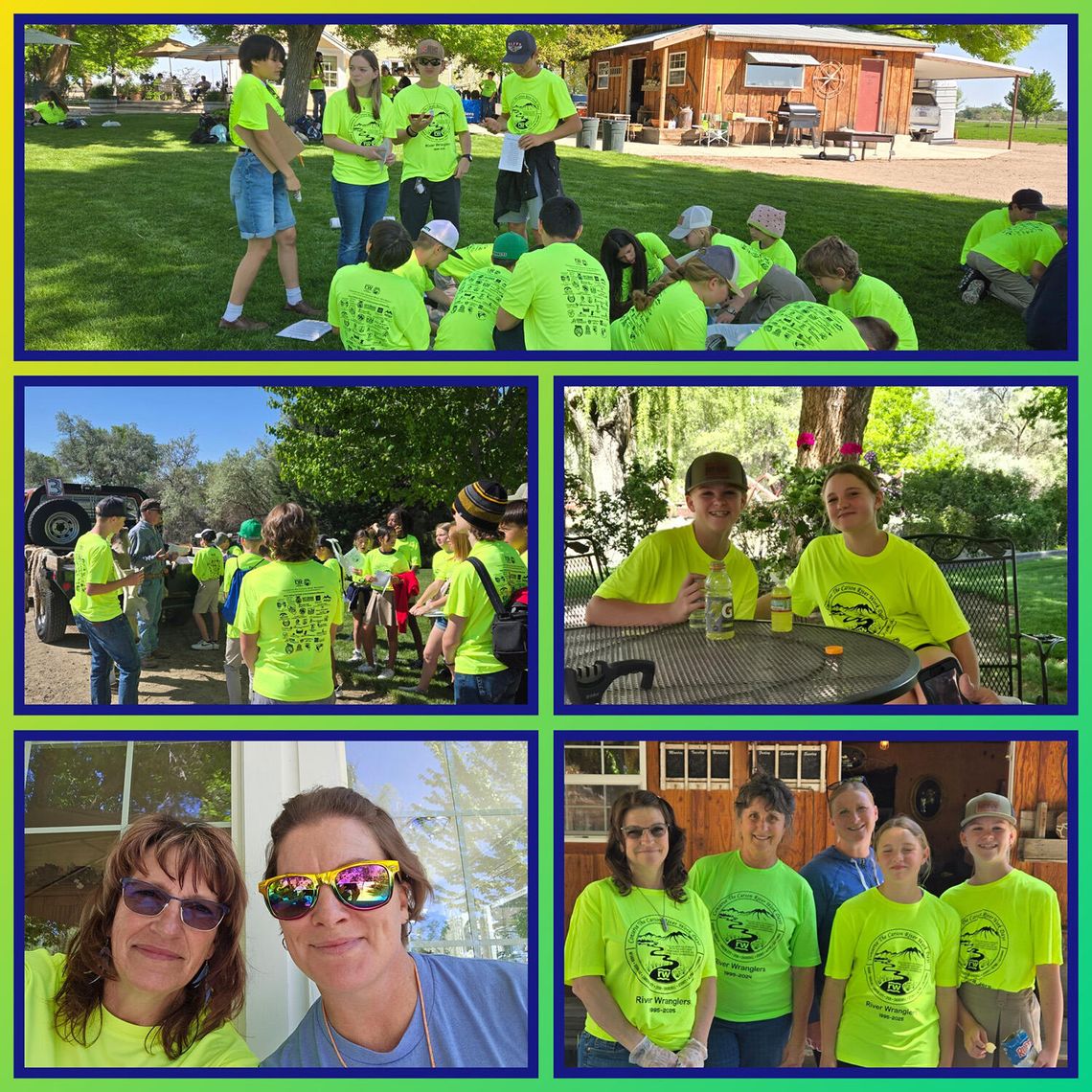
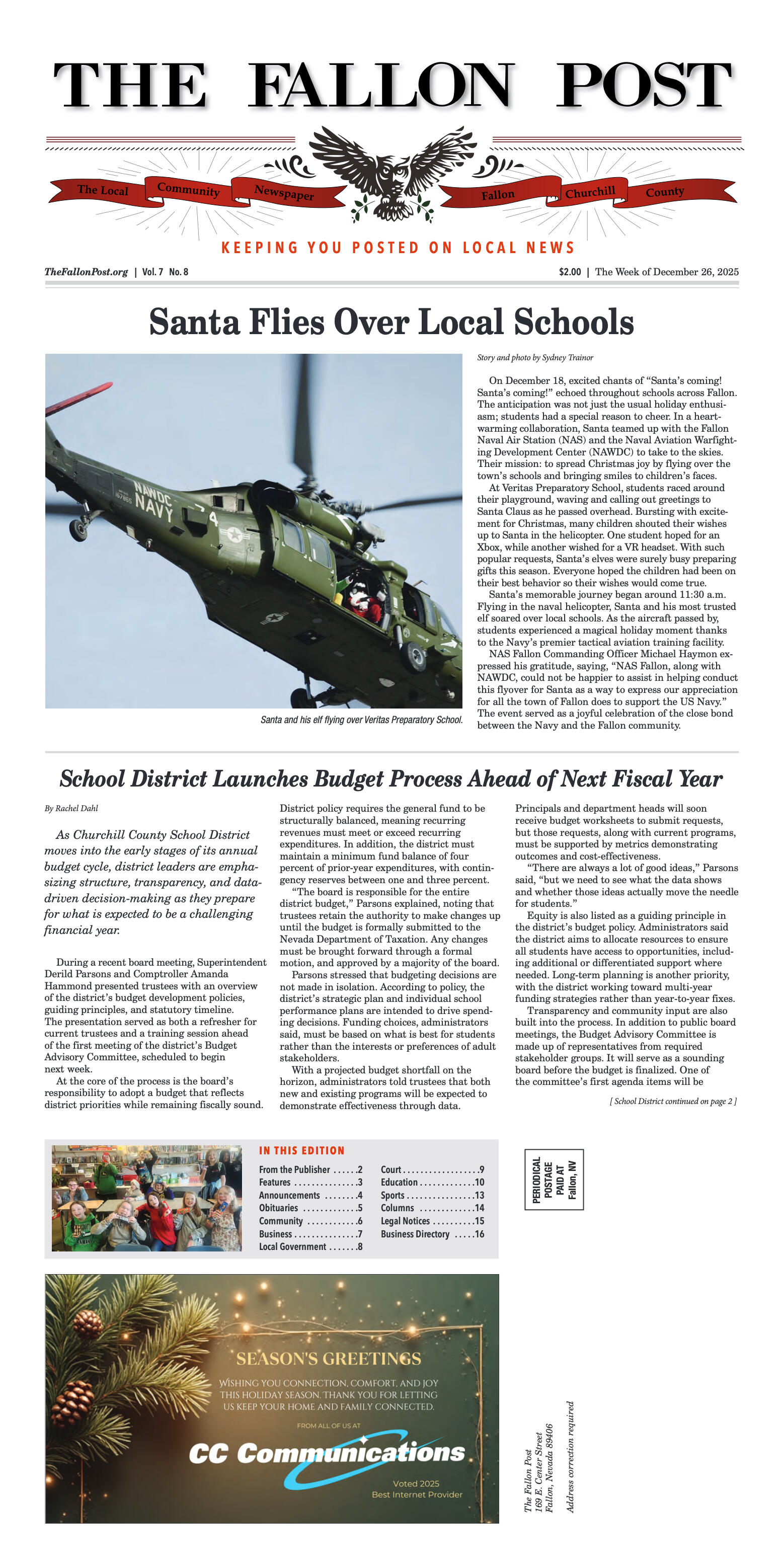
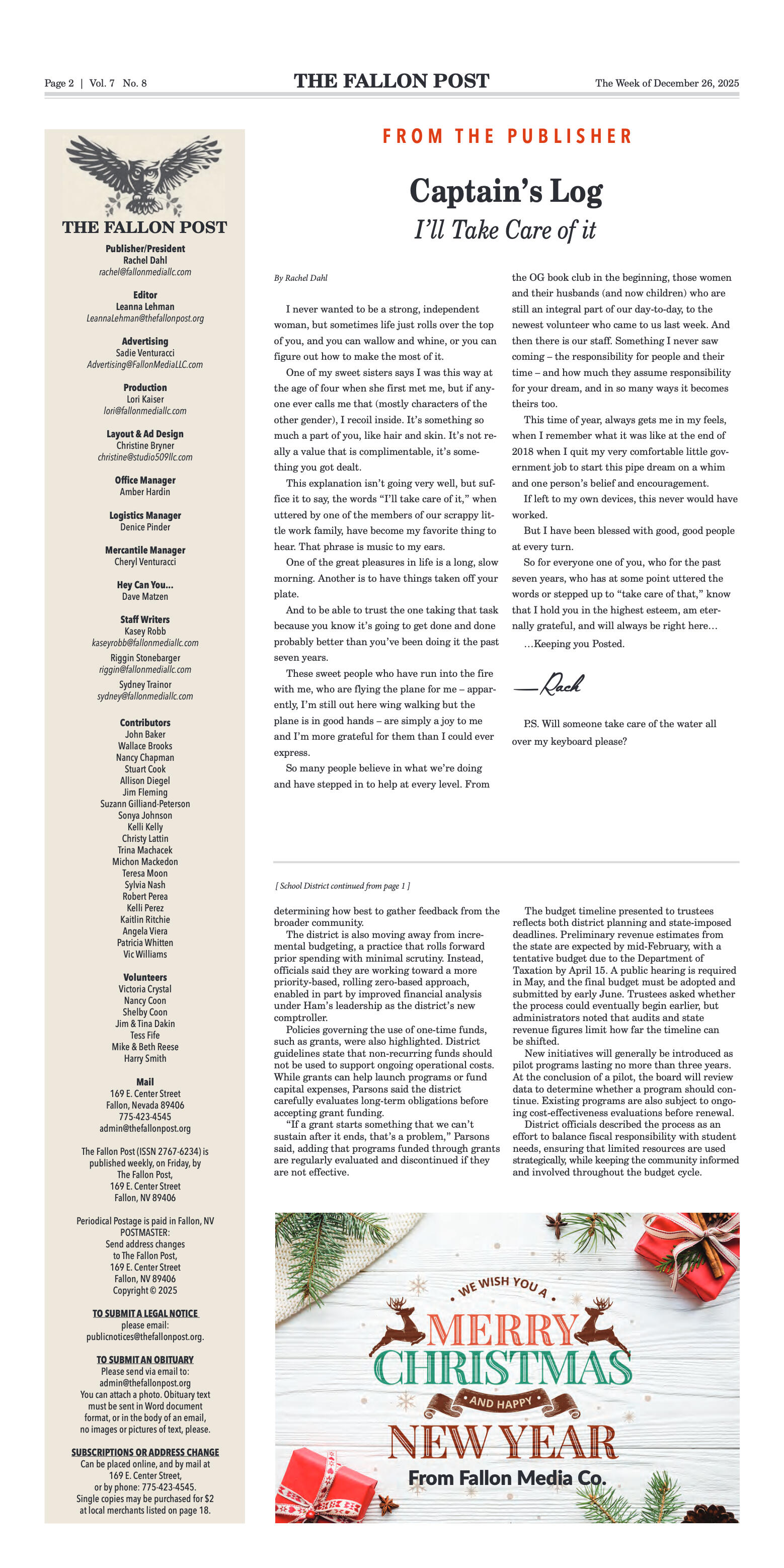
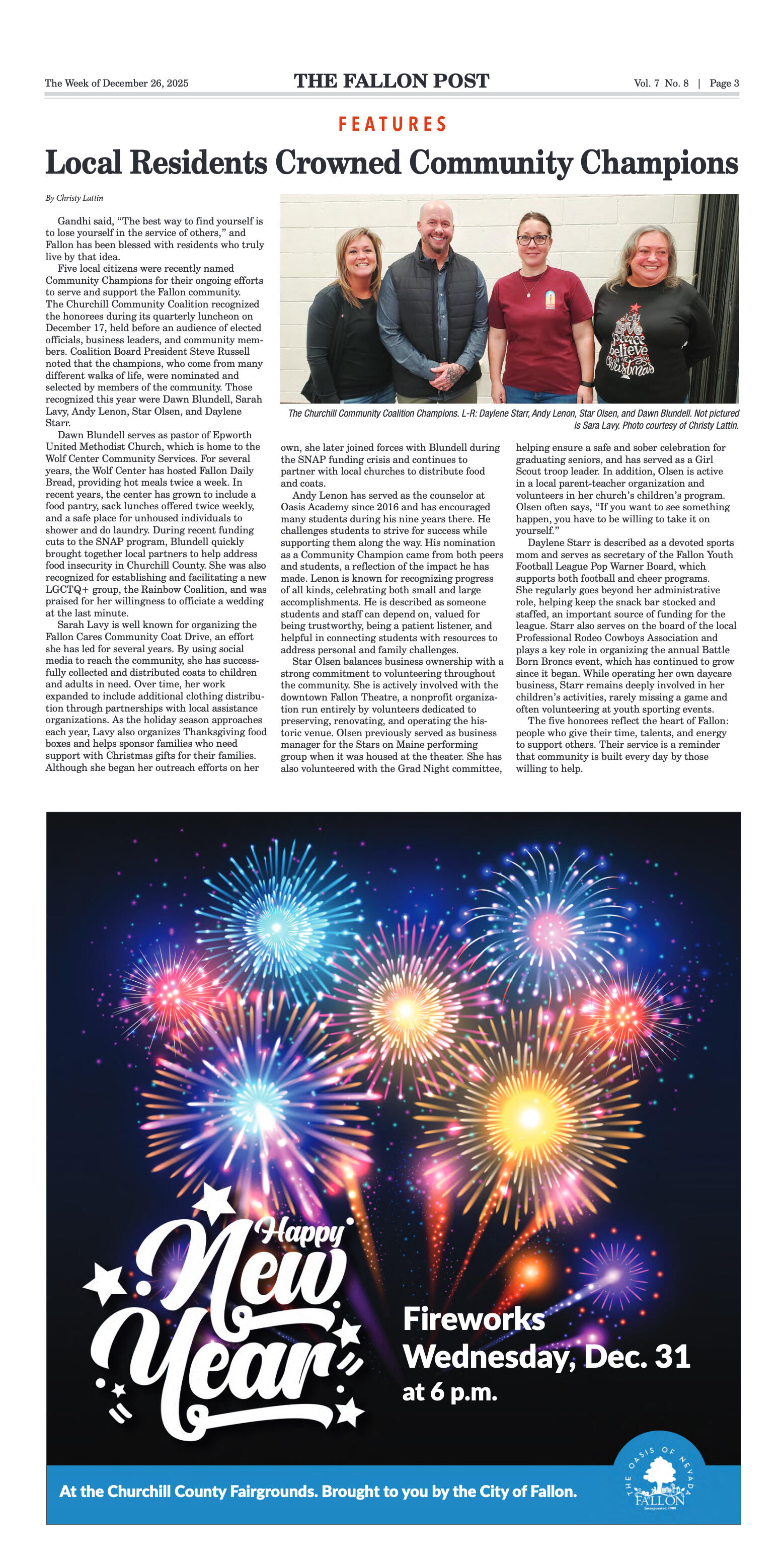
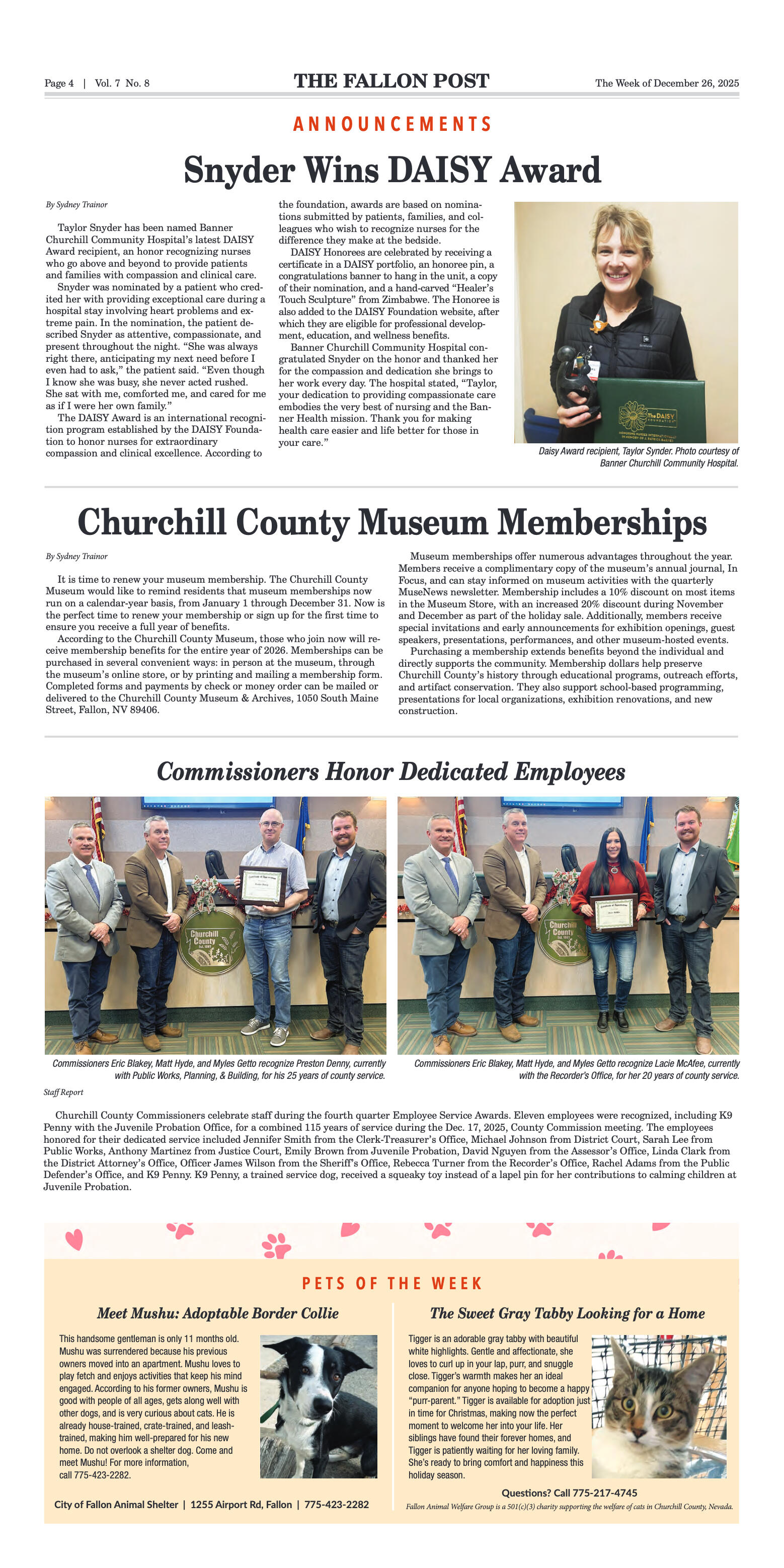
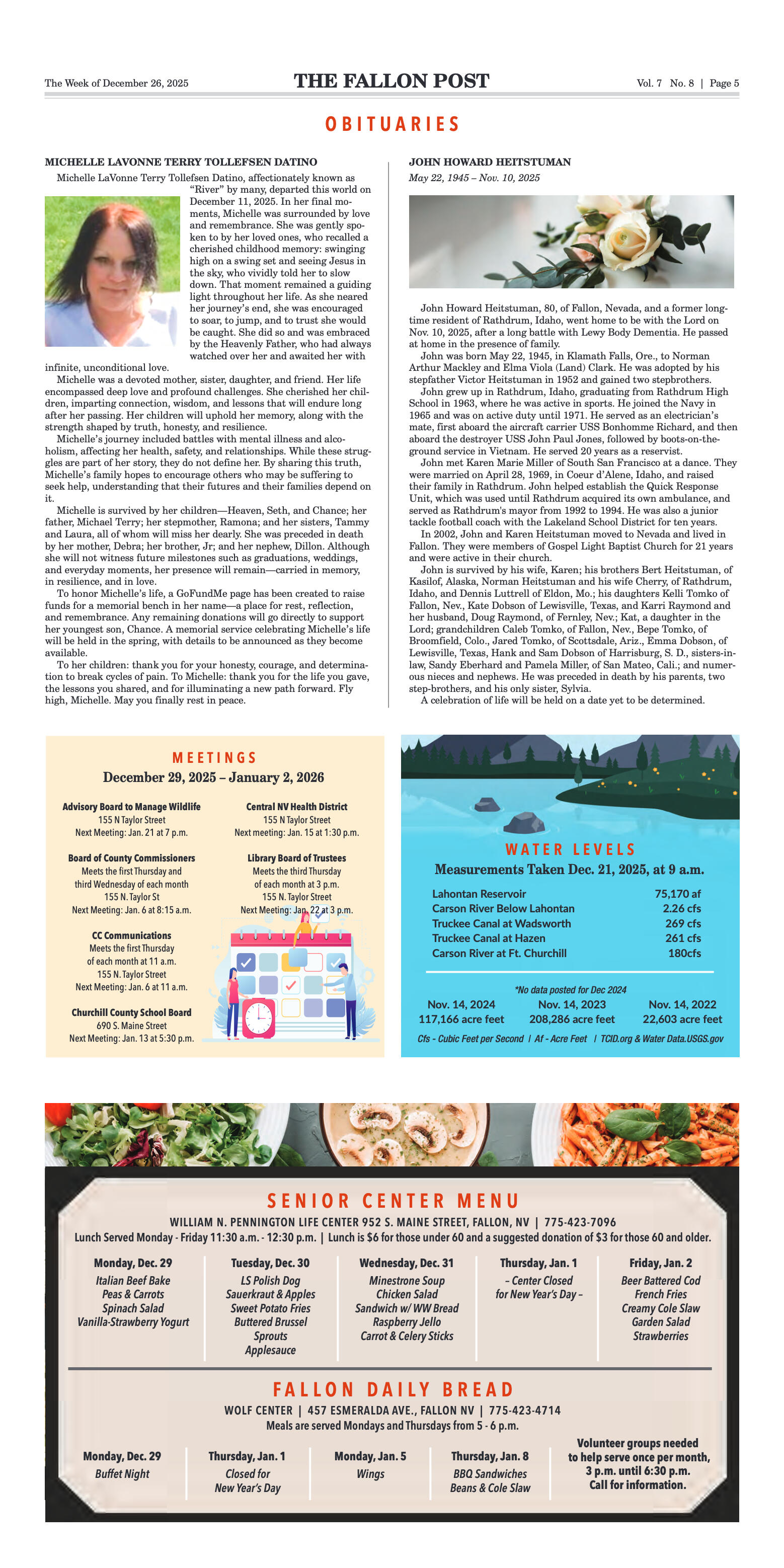
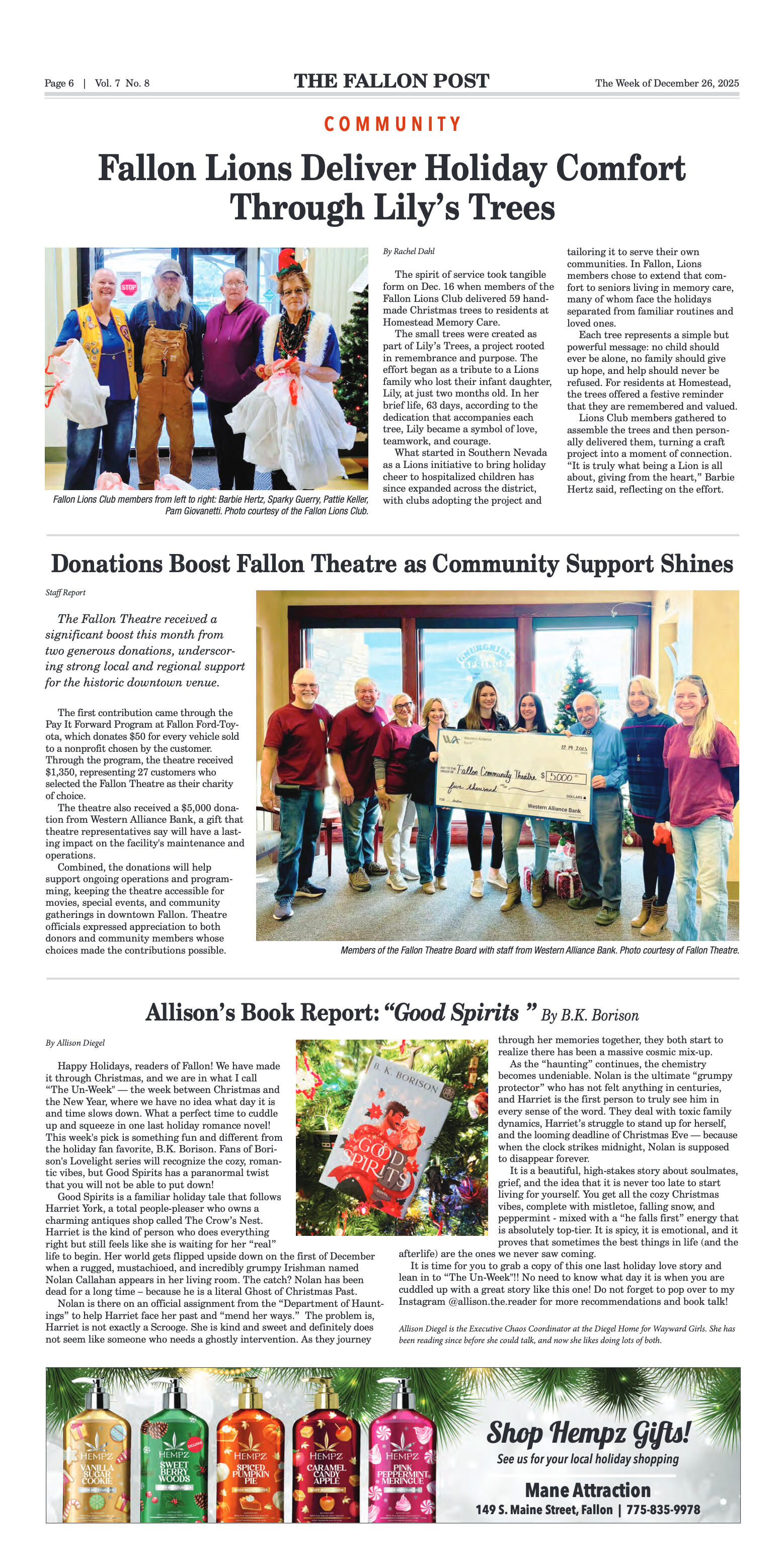
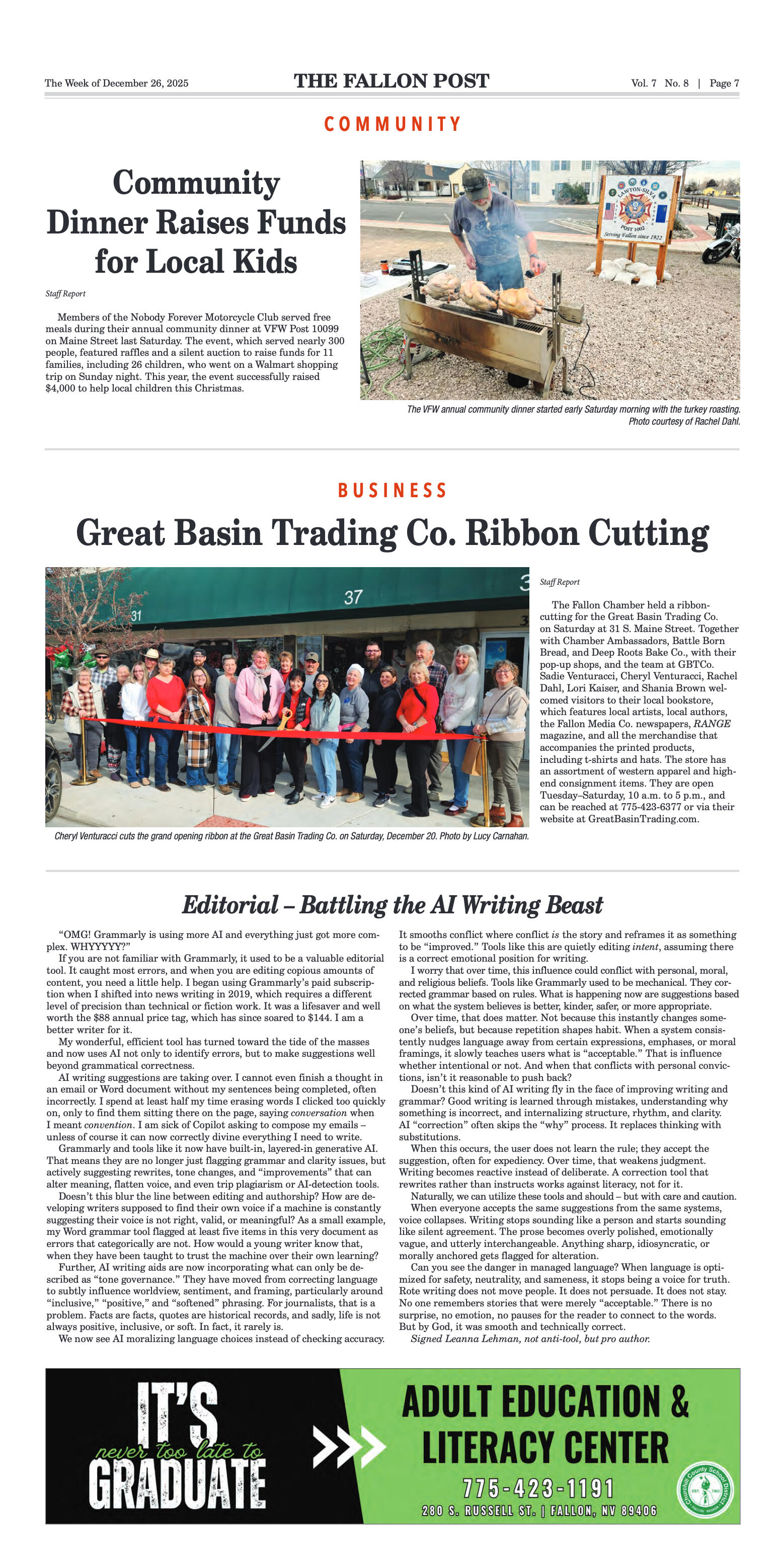
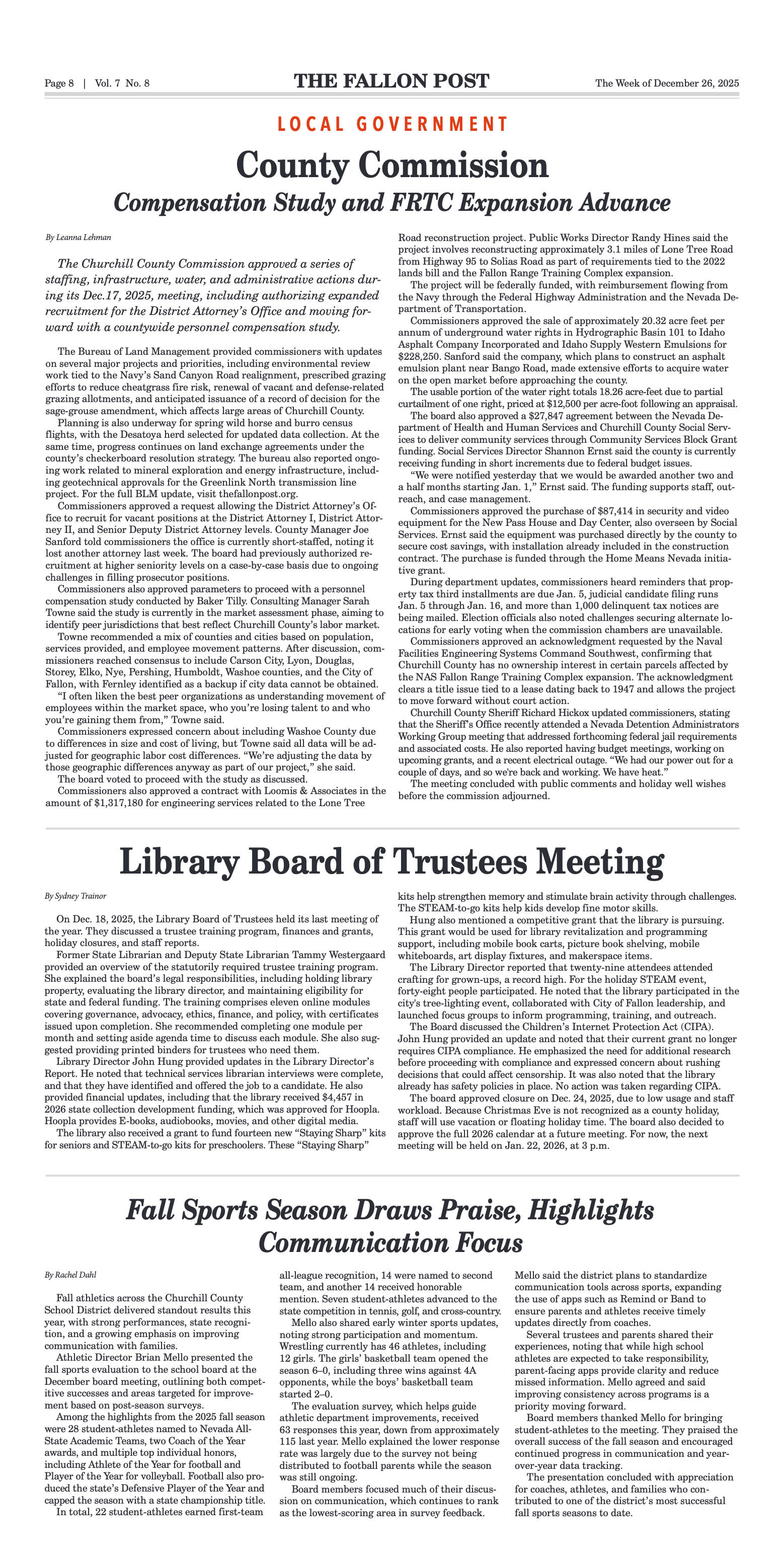
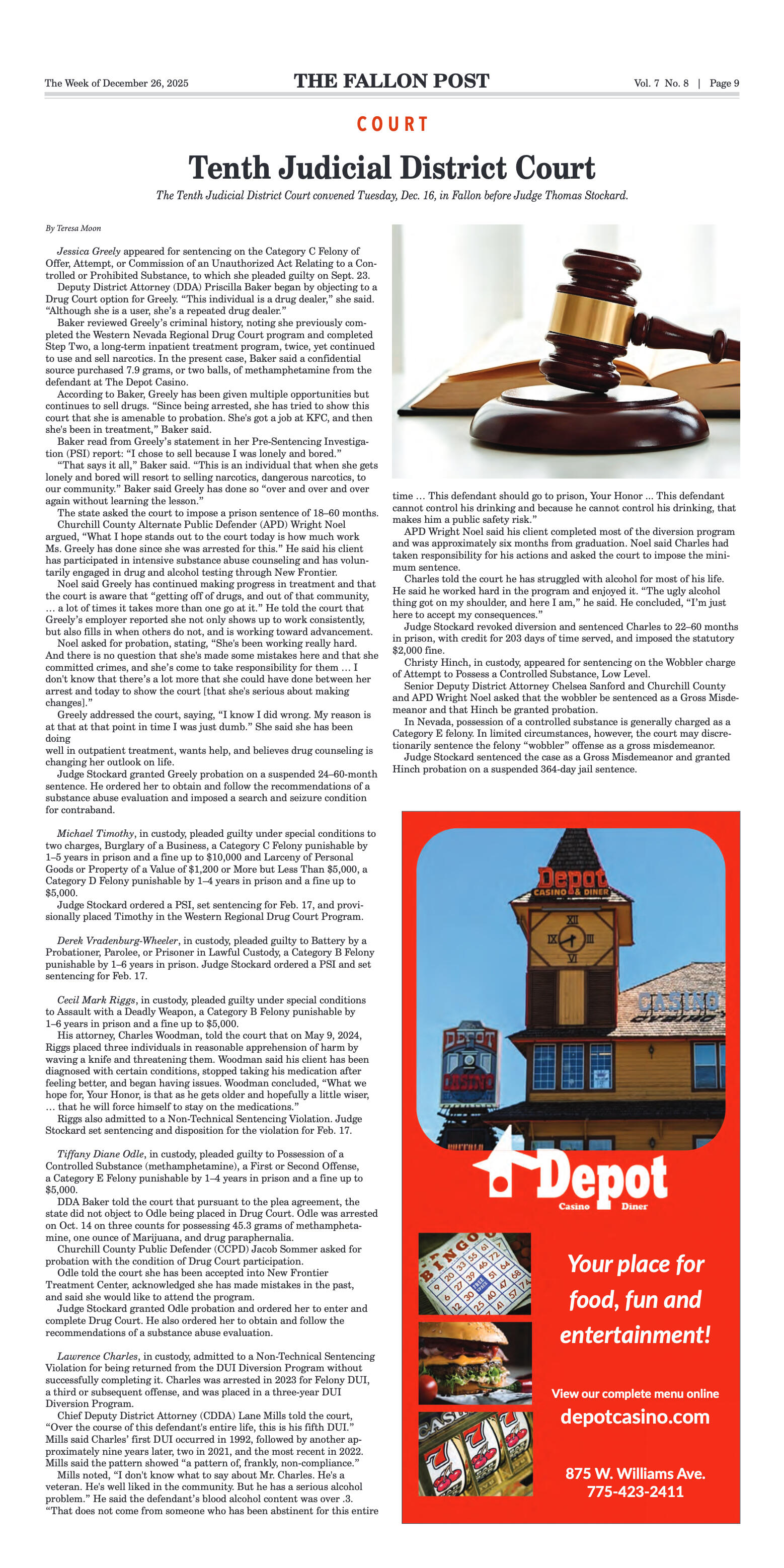
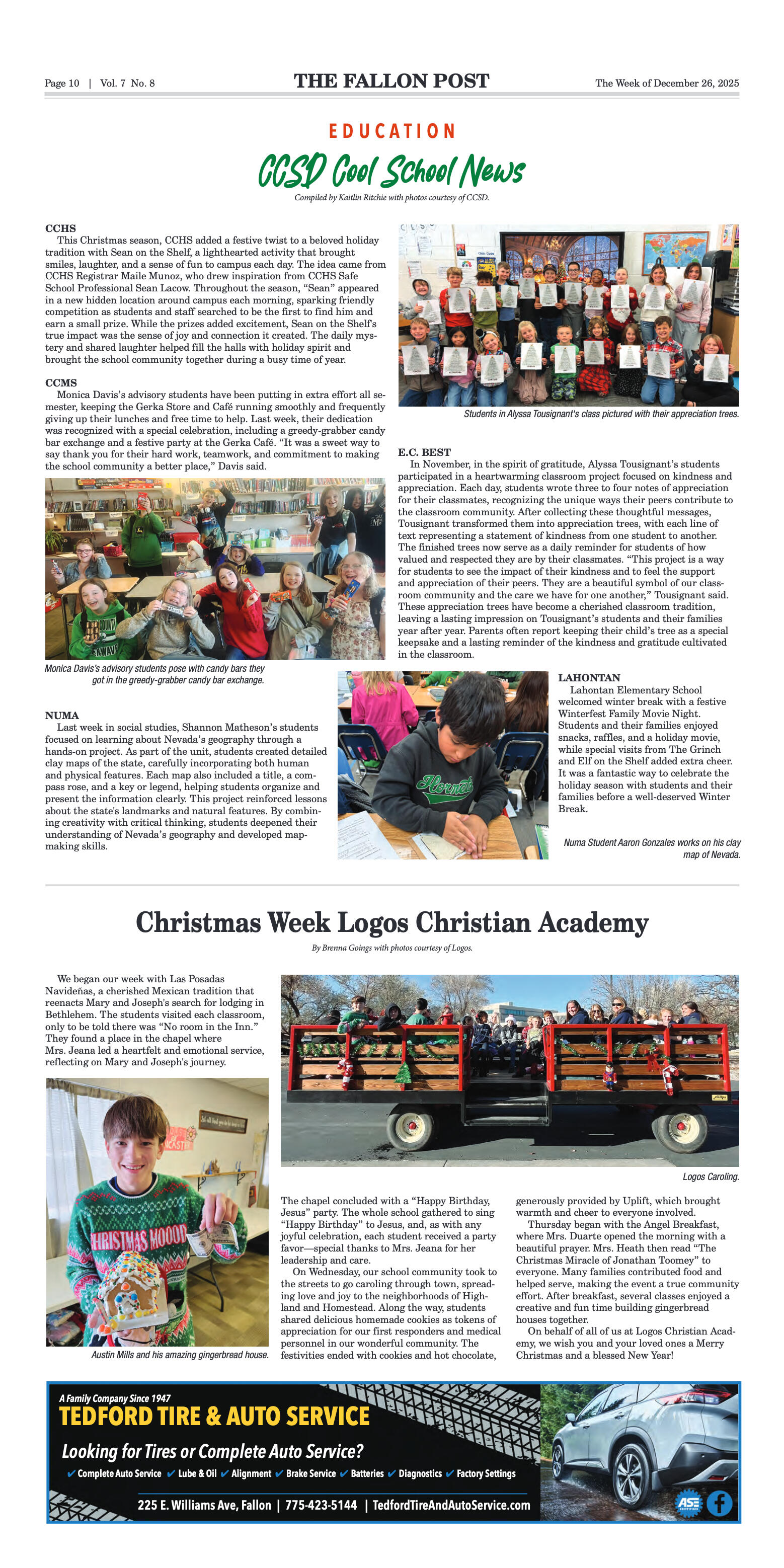
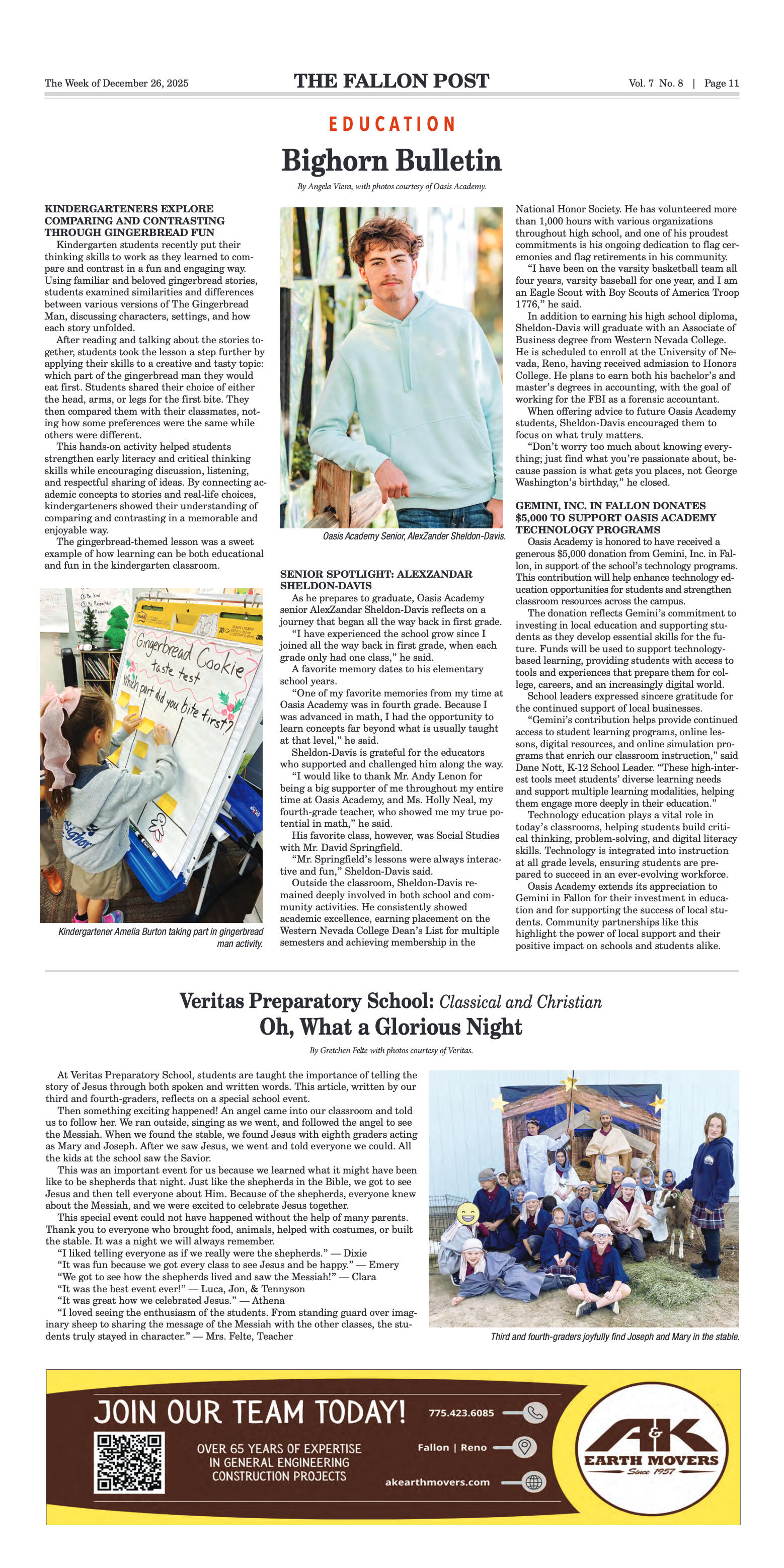
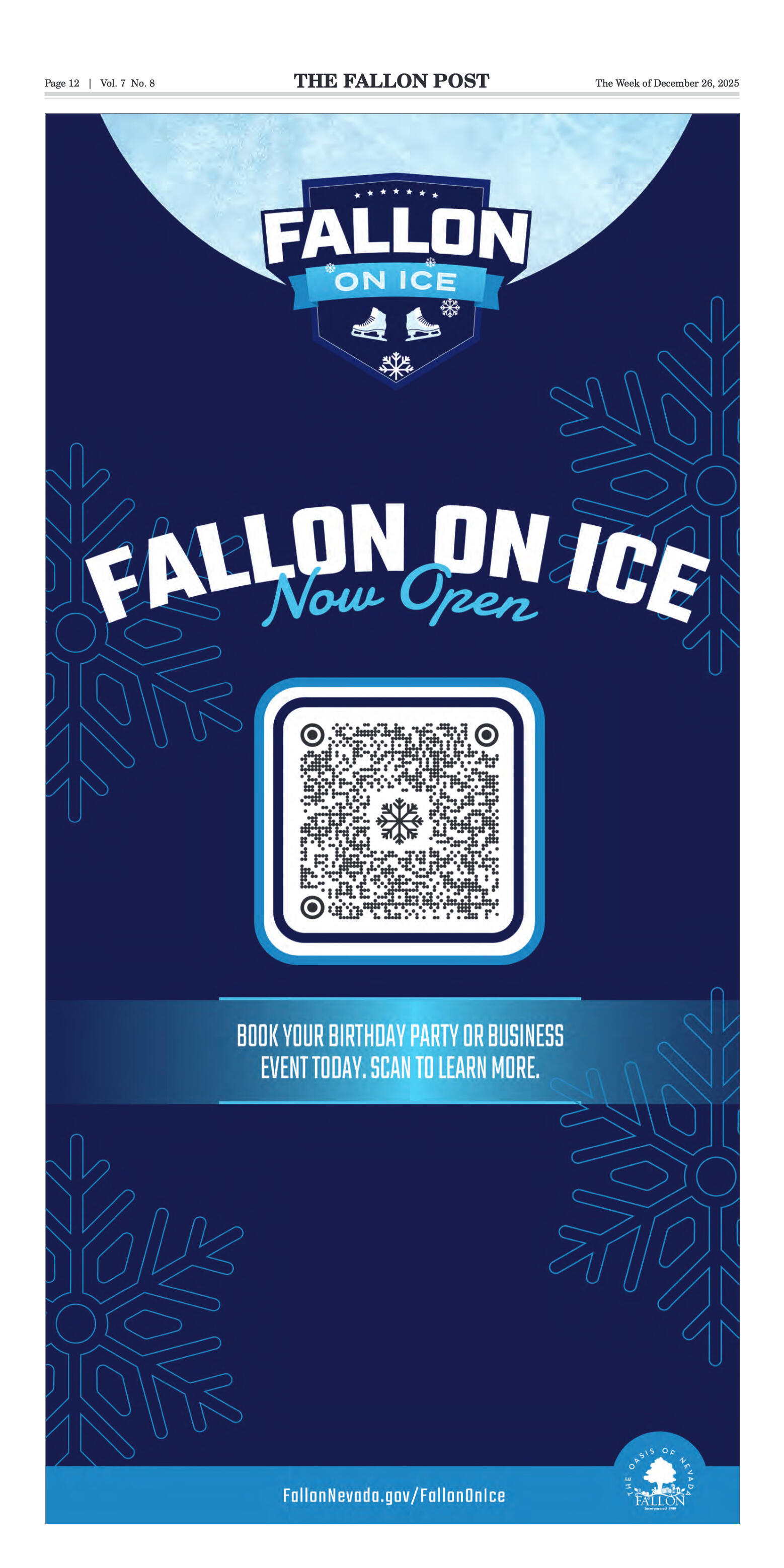
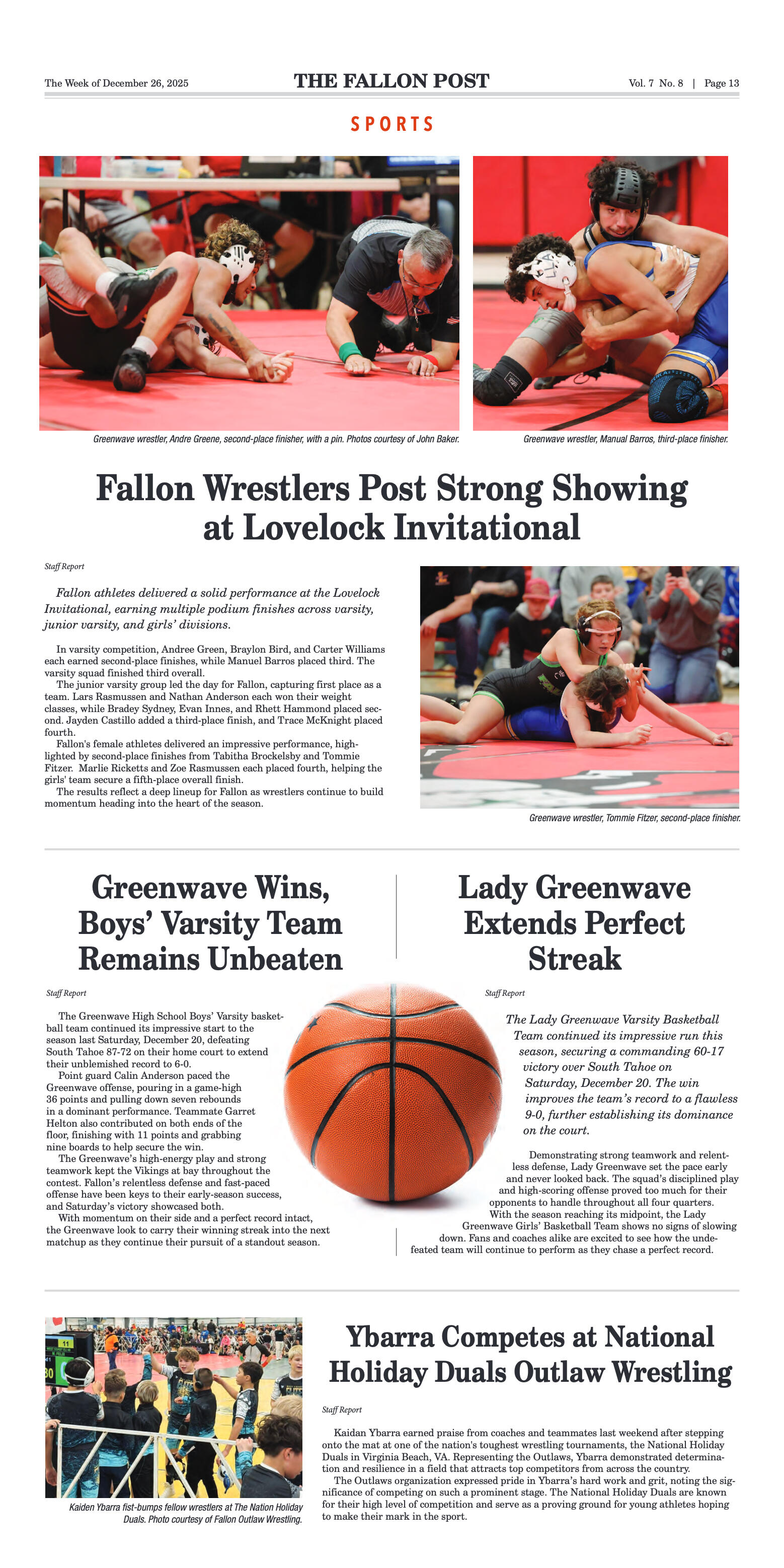
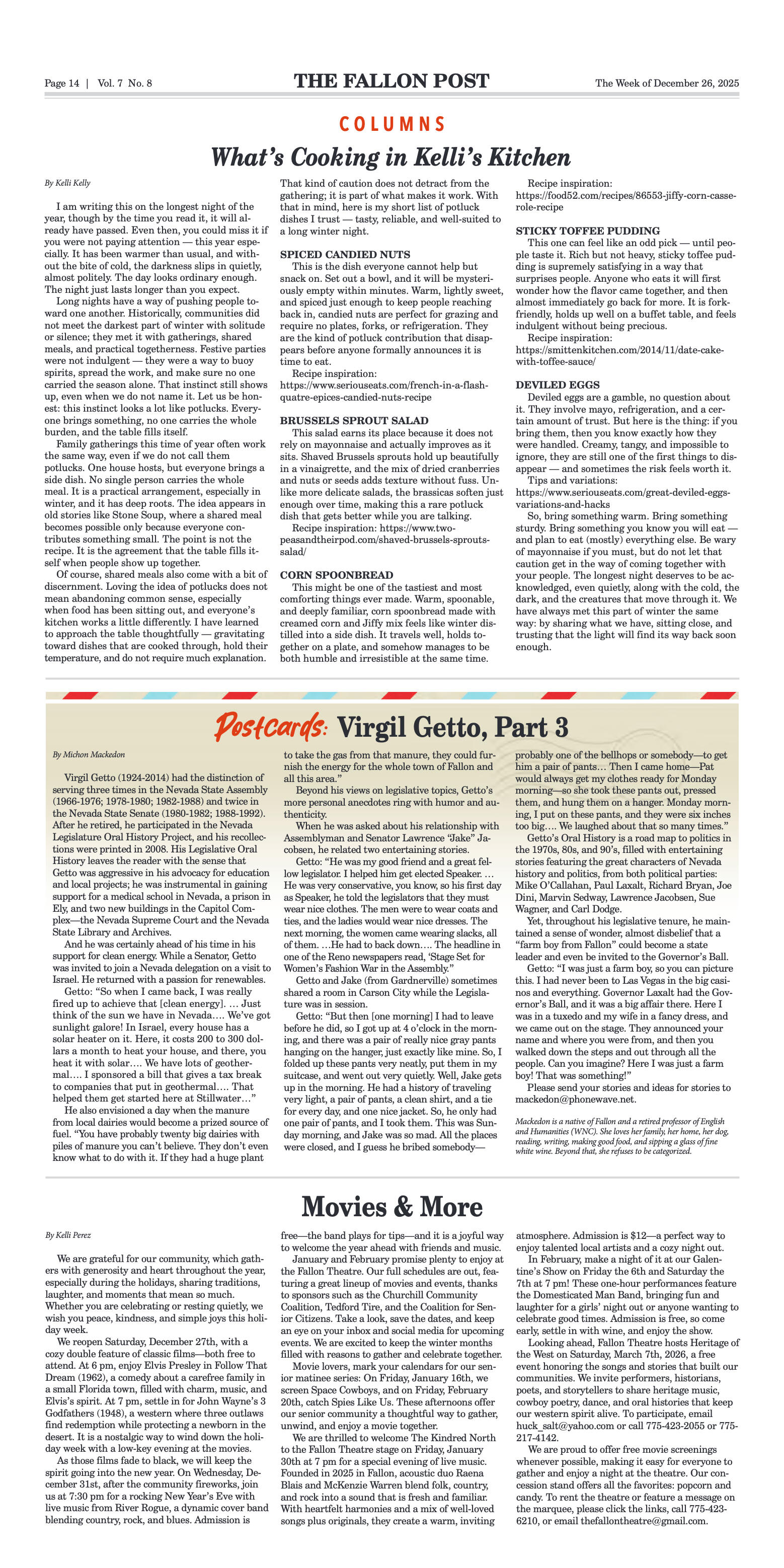
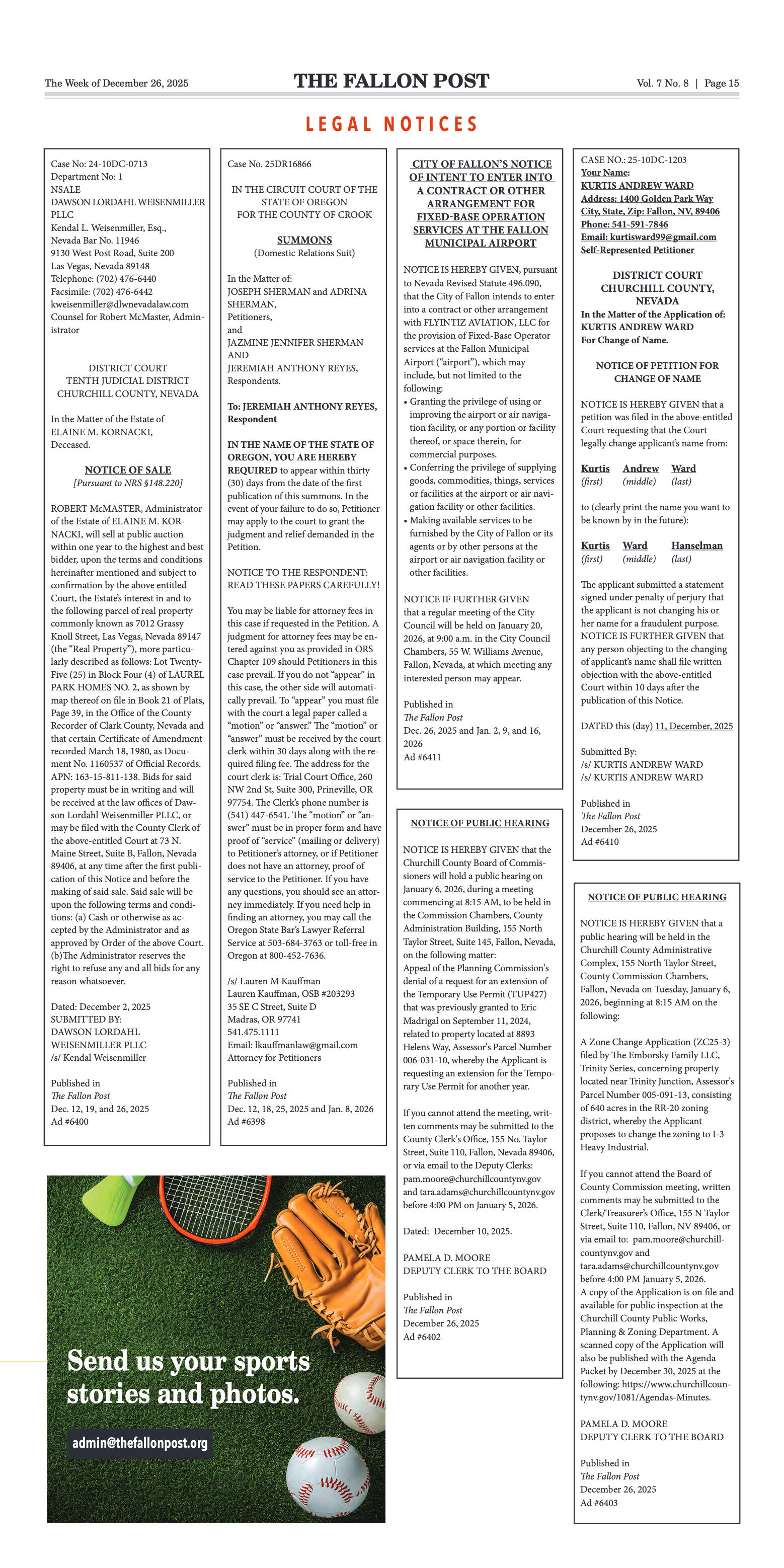
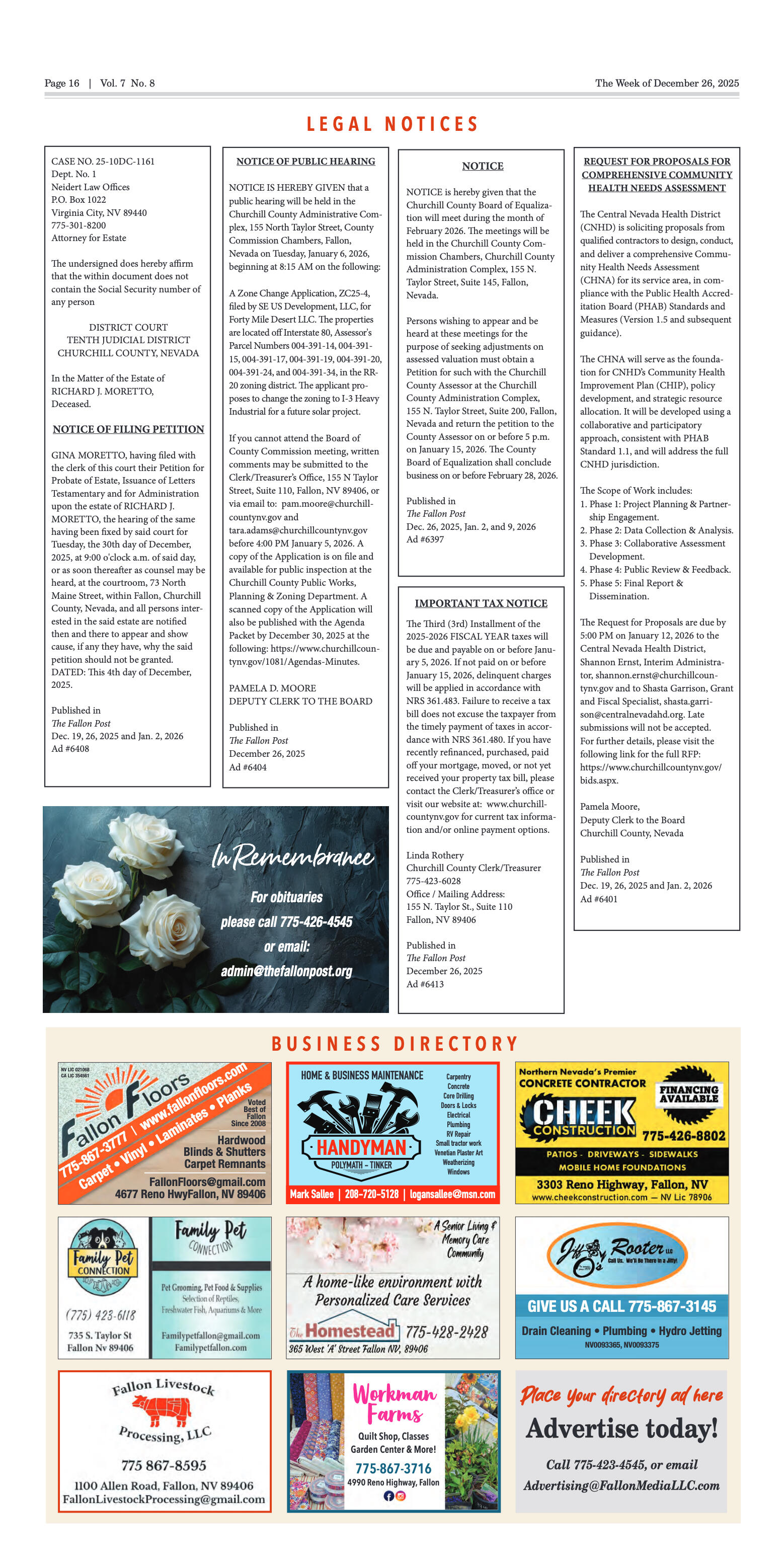

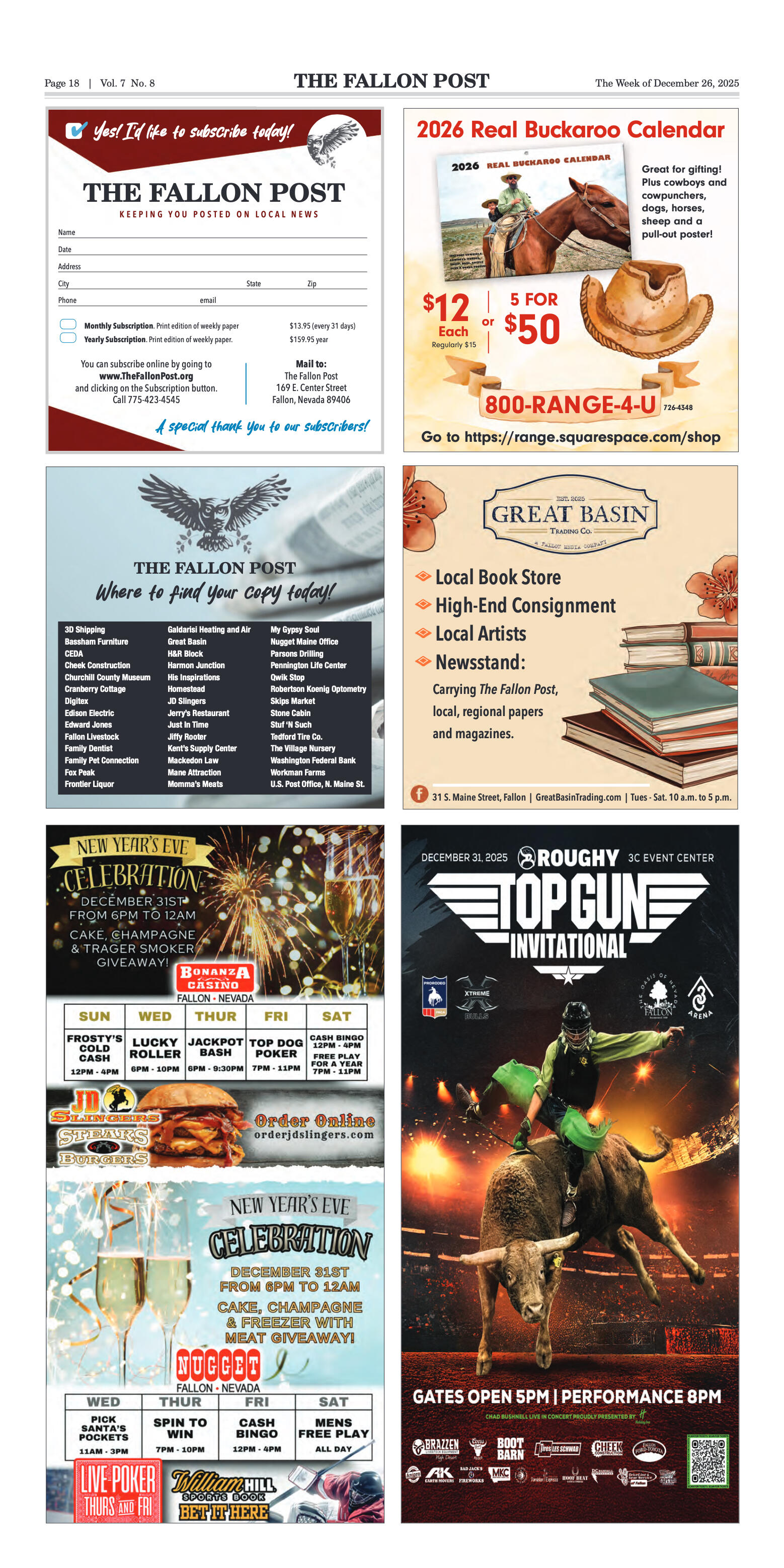


















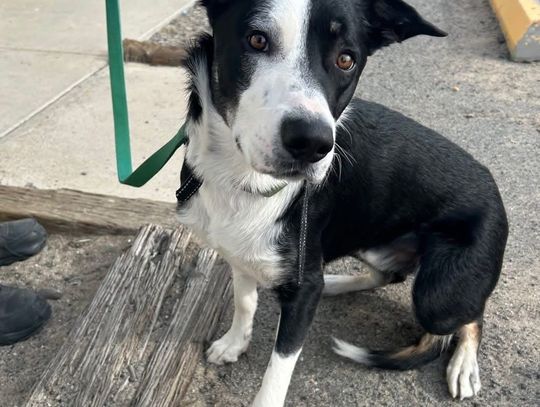
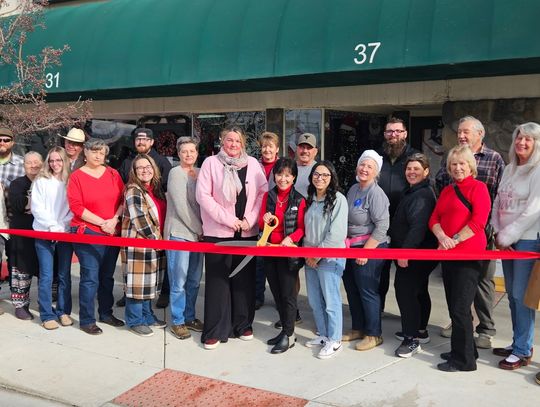


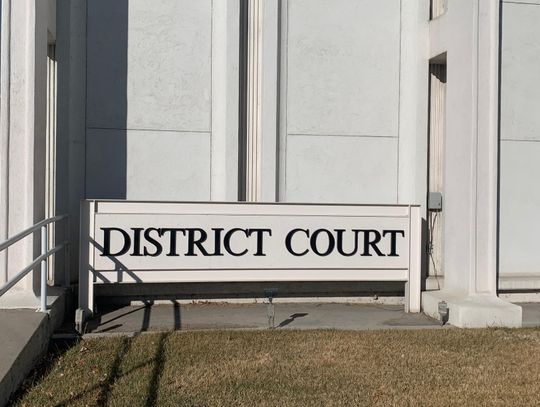


Comment
Comments